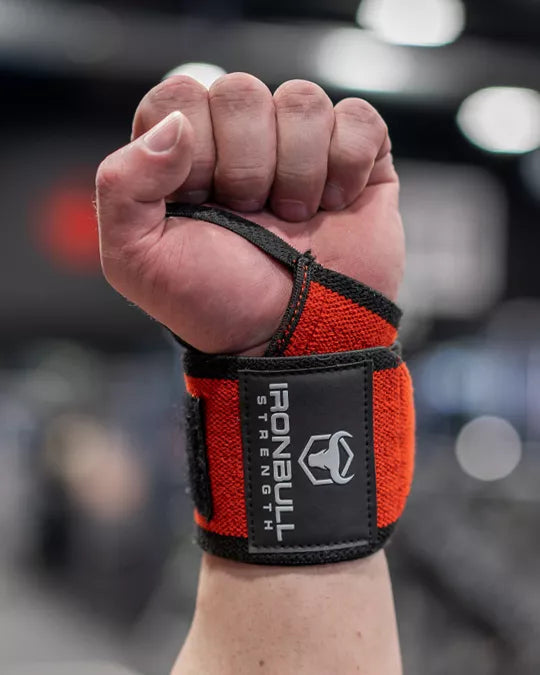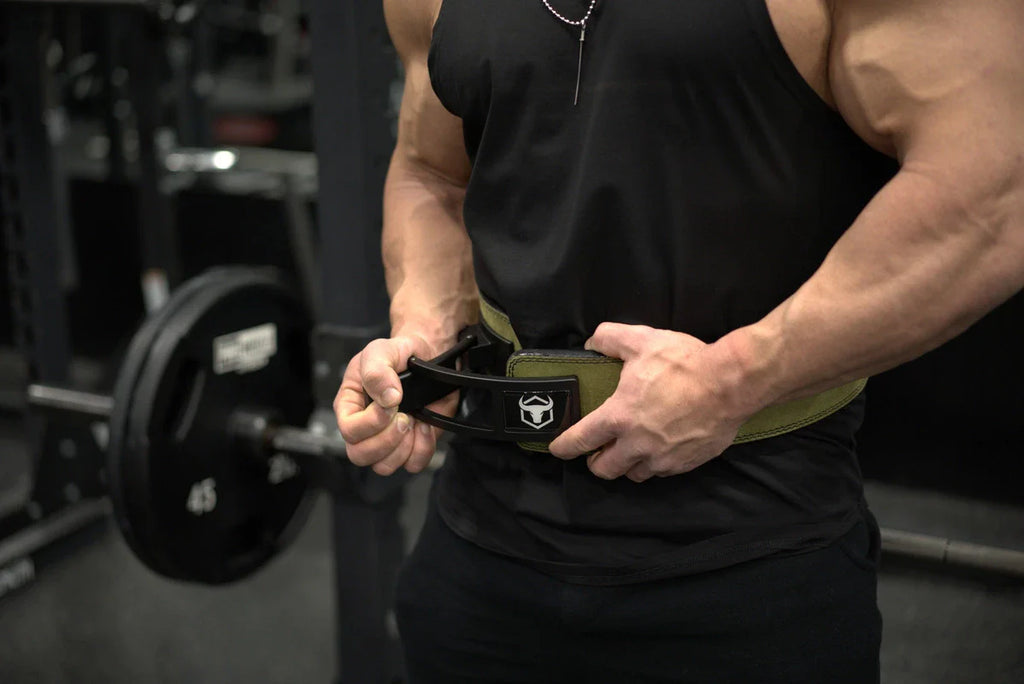Lifting Straps vs Gloves: Which One Should You Use and Why?

When it comes to weightlifting gear, two popular options for grip support are lifting straps and lifting gloves. Some lifters swear by straps, while others prefer the protection and convenience of gloves. But which one is right for you?

The answer depends on your goals, training style, and personal preferences. In this article, we’ll break down the key differences between the two, when to use each, and which option might be the best fit for your training routine.
Difference Between Lifting Straps and Lifting Gloves
At first glance, lifting straps and lifting gloves might seem like they serve the same purpose—helping you maintain a strong grip. However, they function very differently.
Lifting Straps
Lifting straps are long pieces of fabric, usually made of cotton, nylon, or leather, that wrap around your wrist and the barbell or dumbbell. Their main purpose is to reinforce your grip, allowing you to lift heavier weights without your hands fatiguing too quickly. Straps are commonly used in pulling movements like deadlifts, rows, and shrugs, where grip strength often becomes the limiting factor.
Key Features:
- Wrap around the wrist and the bar to improve grip strength
- Help you lift heavier weights without grip failure
- Reduce forearm fatigue
- Used primarily for pulling exercises
Lifting Gloves
Lifting gloves are padded gloves that cover your palms and fingers, offering protection against calluses, blisters, and abrasions. They provide extra grip and some wrist support but do not directly help you hold onto heavier weights like straps do. Gloves are more common among general fitness enthusiasts who prioritize comfort, hand protection, and a secure grip over maximizing their lifts.
Key Features:
- Cover the entire hand for protection
- Reduce calluses and discomfort
- Offer mild wrist support but do not significantly improve grip strength
- Used for a variety of exercises, including presses and machine movements
While lifting straps prioritize performance and grip strength, lifting gloves focus on comfort and hand protection. Now, let’s look at when each should be used.
When to Use Lifting Straps
Lifting straps are designed for serious strength training, particularly for exercises where grip strength is a limiting factor. If you find that your hands give out before your back, traps, or hamstrings are fully fatigued, lifting straps can help.
- Heavy Deadlifts: When pulling heavy weight, your grip often fails before your posterior chain does. Straps allow you to train beyond your grip strength.
- Barbell and Dumbbell Rows: Straps help isolate your back muscles by reducing forearm fatigue.
- Shrugs: Your traps can handle much more weight than your grip alone will allow.
- Olympic Lifting: Many weightlifters use straps for high-rep snatch and clean variations.
Who Should Use Lifting Straps?
Straps are ideal for powerlifters, bodybuilders, strongman competitors, and Olympic weightlifters who need to lift heavy without worrying about grip failure. If your goal is strength and hypertrophy (muscle growth), straps are a valuable tool for maximizing performance.
However, straps should not replace grip training entirely. It’s important to still train grip strength through exercises like farmer’s carries, dead hangs, and grip crushers.
When to Use Lifting Gloves
Lifting gloves offer comfort and protection, making them a great option for casual lifters, general fitness enthusiasts, and those looking to protect their hands from wear and tear. If you don’t lift extremely heavy weights or find calluses uncomfortable, gloves can improve your training experience.
- Preventing Calluses and Blisters: If you prefer to keep your hands smooth, gloves can help prevent rough skin buildup.
- General Strength Training: Ideal for machine-based workouts, dumbbell exercises, and lighter resistance training.
- Wrist Support for Pressing Movements: Some gloves come with built-in wrist wraps, offering slight stabilization for bench press, overhead press, and dips.
- Outdoor Workouts or Sweaty Hands: If you train in humid conditions or have sweaty palms, gloves can improve your grip.
Gloves are best suited for recreational lifters, beginners, and fitness enthusiasts who prioritize hand comfort over maximizing grip strength. They provide some wrist stability but won’t help with grip fatigue on heavy pulling exercises.
One downside of gloves is that they create extra padding between your hands and the bar, which can make it harder to get a secure grip. This is why many powerlifters and strength athletes avoid them.
Verdict: Which One Should You Use?
The choice between lifting straps and lifting gloves depends entirely on your training goals and priorities.
Use lifting straps if you want to lift heavier weights and improve grip endurance for pulling exercises like deadlifts, rows, and shrugs. Straps allow you to push your back and posterior chain muscles to their limits without being held back by grip fatigue.
Use lifting gloves if you want comfort, hand protection, and better grip control for general fitness, high-rep workouts, or exercises where calluses and hand discomfort are an issue.
If performance and strength are your main focus, lifting straps are the better option. If comfort and hand protection are more important to you, lifting gloves might be the way to go.
For serious lifters, owning both might be beneficial—using gloves for casual training and straps for heavy pulling days. Whatever you choose, make sure your gear matches your goals and enhances your overall training experience.



